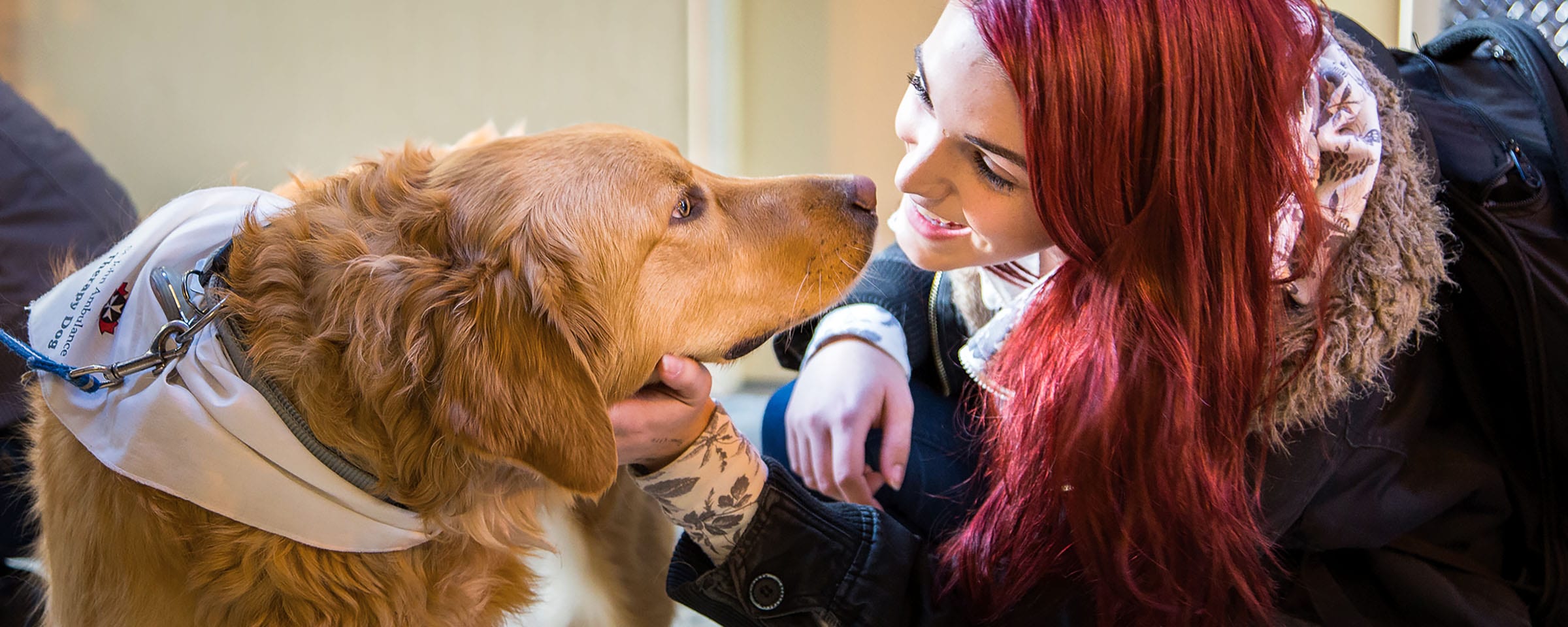Measuring Staff Wellness – Part 1
Note: This post originally appeared on the Know Your Numbers blog)
The Staff Survey is used to help support the People Plan and a variety of other stakeholders from across the College – including the Wellness Committee (see the FAQs about the Staff Survey post for more info).
Before wading into the data, I should disclose that I have been a member of the Wellness Committee since December 2008 and recently became a co-chair over the past year. So while I’m presenting the data-driven side of the story, many of the insights are drawn from having applied these findings as part of the Committee’s activities.
The Road Map
The staff survey was first used to gather wellness-related feedback back in February 2009, and it has been used many times since to explore and understand a variety of topics including:
- Understanding how staff define “Wellness” and “being healthy”,
- Identifying and prioritizing the strategies that the Wellness Committee should pursue,
- Gauging the types of wellness activities that people currently participate in and those which they’d like to do more of,
- Conducting market research on the effectiveness of Wellness events and activities – such as the Chili Cup and the Wellness blog,
- Developing some baseline measures to gauge people’s personal sense of wellness and the social/environmental conditions that could potentially improve it.
Part 1 is going to tackle the first two items on the list.
What constitutes wellness?
As a starting point, the Wellness Committee wanted to get a better understanding of how staff define “being healthy” to see whether there was a dominant definition to help guide the committee’s activities. Not surprisingly, the definitions of “being healthy” covered a broad spectrum of ideas – including physical health, recreation and athletics; mental and emotional health and stress relief; and spiritual well-being.
This holistic sense of health is not that surprising. The RRC workforce is very demographically diverse, and people have different interests and challenges that they face in an effort to be healthy. Some staff are marathon runners while others may be battling significant health issues. Some are focused primarily on managing personal stress and stressful relationships, while others may be more interested in eating a healthy diet.
Here are a couple of definitions drawn from the survey.
Being healthy includes both physical and mental fitness. Regular exercise and good nutrition are important to good physical health as well as helping to lower stress levels. A challenging, changing work environment stimulates creativity and fosters good mental health as well. Being healthy creates a more positive person, and a positive person is more productive.
Having the physical, mental and emotional strength to handle not only normal day-to-day situations but also life’s challenges.
The chart below gives a visual overview of the categories drawn from the open end responses, based on a group of 65 respondents.
Setting Priorities – Stage 1
At the time of this first survey, the Wellness Committee was running some core events (such as the Wellness Walk-a-thon), some ad hoc events (like a Wellness breakfast), as well as working alongside a variety of Wellness stakeholders such as the Athletics and Recreation Services, Human Resources, and Health Services.
Looking ahead, the Committee needed feedback from staff to help them determine what their priorities should be.
Survey respondents were asked “Overall , what should the Health and Wellness Committee focus on to help foster and sustain a healthy campus community?”. As you can see in this stylized word map based on the survey responses, a variety of themes emerge.
There are a few interesting words that jump out in addition to “activities” and “programs” – such as “time”, “feedback”, “management”, and “advocacy”. These illustrate that workplace issues like having a healthy work environment, good work relationships, and a manageable workload are “Wellness” issues. The “time” theme represents the challenges that many staff have making time to participate in wellness-related activities – which could range from finding time to take a five minute break to having an opportunity to attend something more substantial – like a lunch and learn presentation or other activity.
When the time came to revisit the Wellness theme in January 2010, the question was framed a bit differently, outlining the mandate of the committee as well as asking respondents to consider “activities” as opposed to general priorities.
Q: As part of the People Plan, the College has established a Wellness committee. Its goal is to foster and sustain a healthy campus community for students and employees through the development and implementation of a holistic health and wellness program that is comprehensive, accessible and affordable. Based on the goals of the Wellness Committee mentioned above, what types of activities do you think the Committee should focus on?
As you can see below, there is an alignment between the holistic definition of “being healthy” with the notion that wellness priorities and activities should include both personal wellness and the improving the workplace environment.
The challenge, given the multi-faceted nature of wellness and the diversity of groups responsible for addressing portions of this mandate, is to build strategies and actions that provide as much benefit as possible. As one might expect, this project is still in its early days.
Looking Ahead
Future posts will provide some other numbers-driven insights into how Research and Planning has helped with the market research aspects of the Wellness Committee, as well as some of the baseline measures that are being used to track staff wellness.



